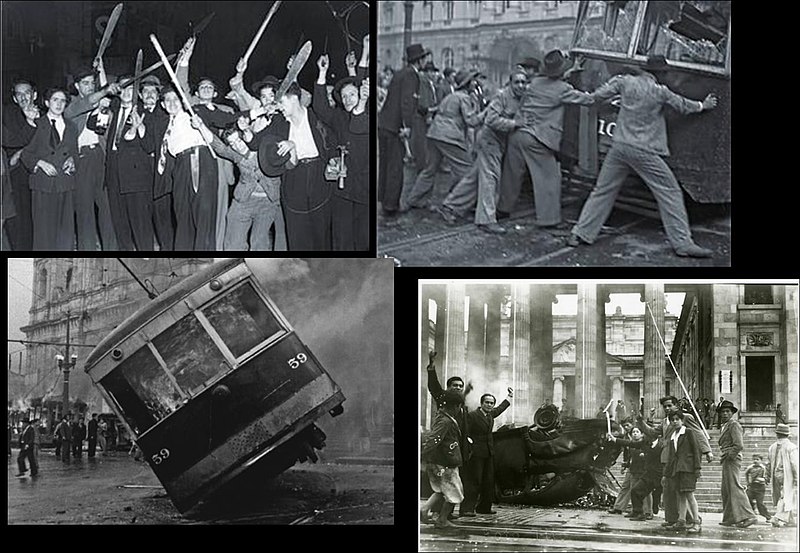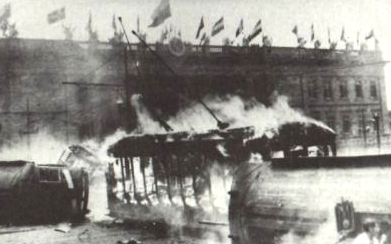
On April 9, 1948, the city of Bogota, Colombia, witnessed a pivotal event that would forever shape the course of the nation’s history—the Bogotazo. This violent and tumultuous period marked a turning point in Colombian politics and society, leading to a decade-long period of political violence known as “La Violencia.”
The Assassination of Jorge Eliecer Gaitan
The Bogotazo was triggered by the assassination of Jorge Eliecer Gaitan, a prominent political leader and presidential candidate, who was shot dead on April 9, 1948, in downtown Bogota. Gaitan was a charismatic and populist figure, known for his strong advocacy for social justice and progressive reforms.

Gaitan’s murder shocked the nation and sparked outrage among his supporters, who saw him as a symbol of hope and change for the working class and marginalized communities. However, the exact motives behind Gaitan’s assassination remain shrouded in mystery, and to this day, no one has been definitively identified as responsible for his death.
The Outburst of Violence
Upon hearing the news of Gaitan’s assassination, Bogota erupted in violence and chaos. Angry mobs took to the streets, looting and setting fire to buildings and vehicles. The rioting quickly spread to other parts of the country, leading to days of unrest and bloodshed.
During the Bogotazo, more than 5,000 people lost their lives, and large parts of the city were reduced to ruins. The violence also extended to rural areas, where guerrilla groups and paramilitary forces engaged in armed conflicts, further fueling the cycle of violence and political instability.
The Beginning of “La Violencia”
The aftermath of the Bogotazo marked the beginning of a prolonged period of political violence in Colombia known as “La Violencia.” This era was characterized by armed conflicts between conservative and liberal factions, each vying for political control and dominance.
The two main political parties in Colombia, the Conservative Party and the Liberal Party, engaged in a bitter and deadly struggle for power. The violence during this period was not only political but also driven by deep-rooted social, economic, and regional tensions that had long been simmering in Colombian society.
Effects on Colombian Society
“La Violencia” had a profound and lasting impact on Colombian society. The violence and instability led to widespread displacement, with many rural communities forced to flee their homes to escape the fighting. The conflict also deepened divisions between urban and rural populations, as well as between different regions of the country.

In the wake of the violence, Colombia saw the rise of armed guerrilla movements, as disaffected and marginalized groups sought to challenge the political establishment through armed resistance. This laid the groundwork for the later emergence of revolutionary guerrilla groups like the Revolutionary Armed Forces of Colombia (FARC) and the National Liberation Army (ELN).
The Legacy of the Bogotazo
Despite the violence and turmoil, the Bogotazo also served as a catalyst for social and political reforms. The demands for social justice and equality voiced by Gaitan and his supporters inspired subsequent generations of Colombian activists to continue fighting for a fairer and more inclusive society.
The legacy of the Bogotazo continues to shape Colombian society and politics, serving as a reminder of the importance of addressing social and political grievances through peaceful and inclusive means.
See all the latest news from Colombia and the world at ColombiaOne.com. Contact our newsroom to report an update or send your story, photos and videos. Follow Colombia One on Google News, Facebook, Instagram, and subscribe here to our newsletter.

